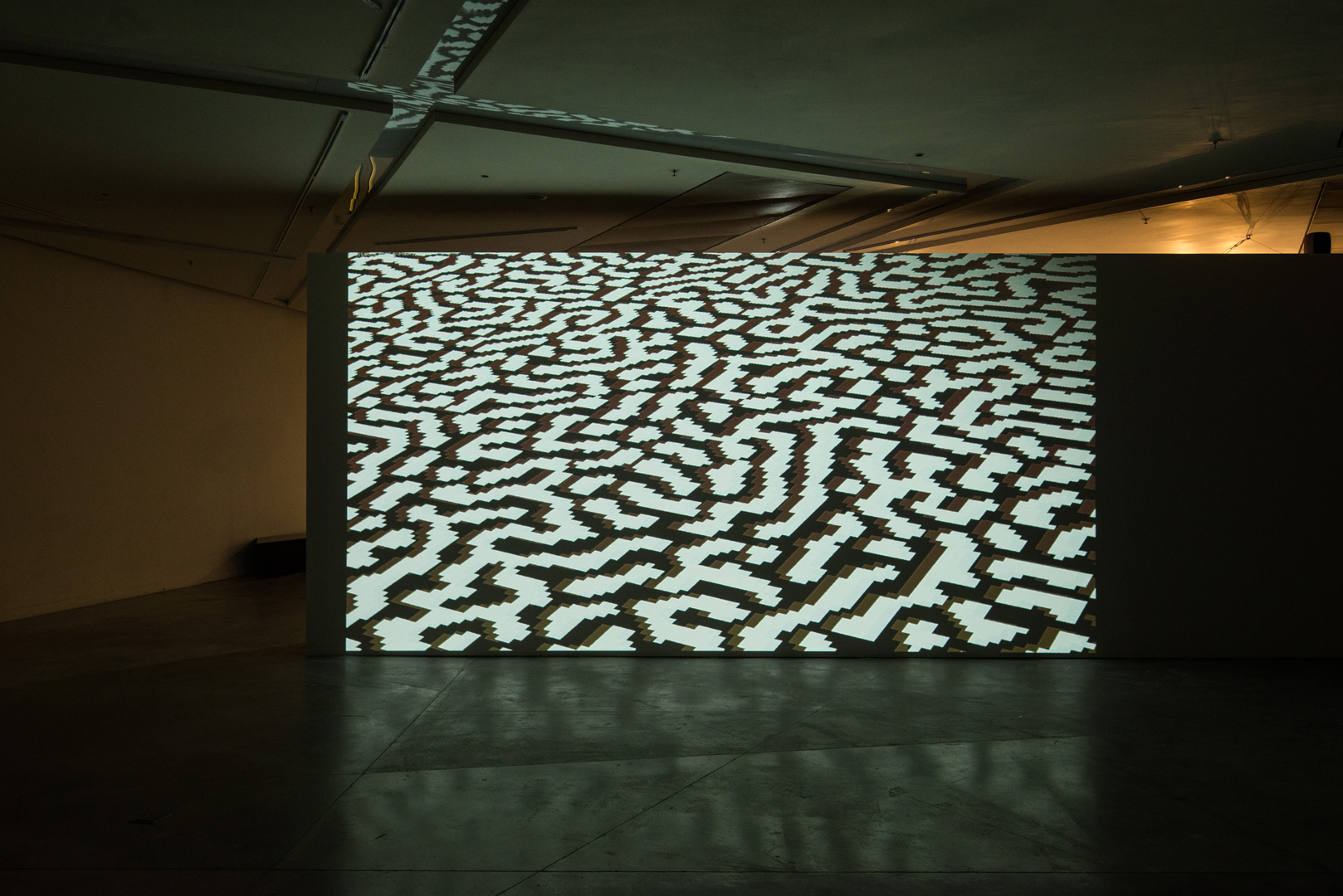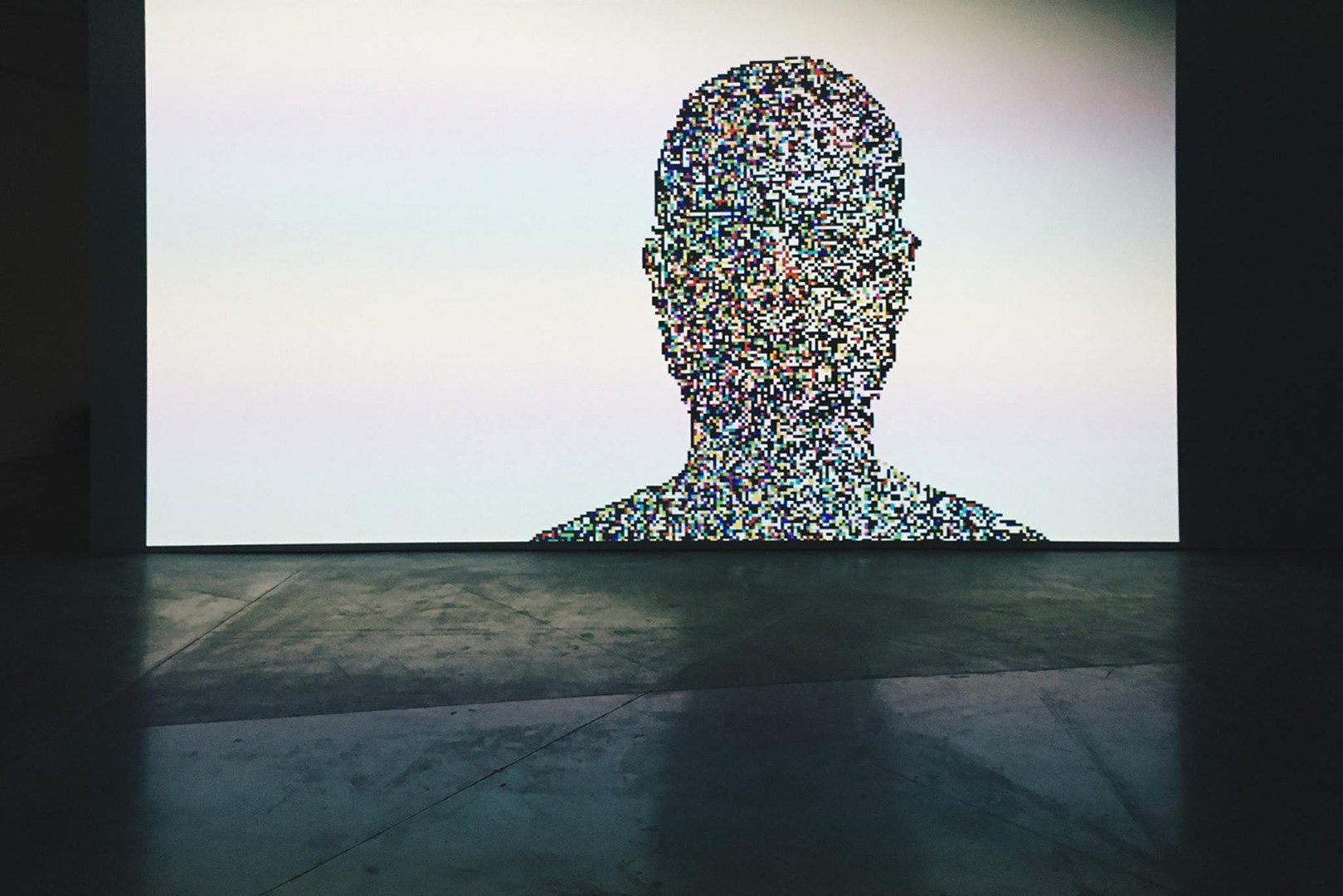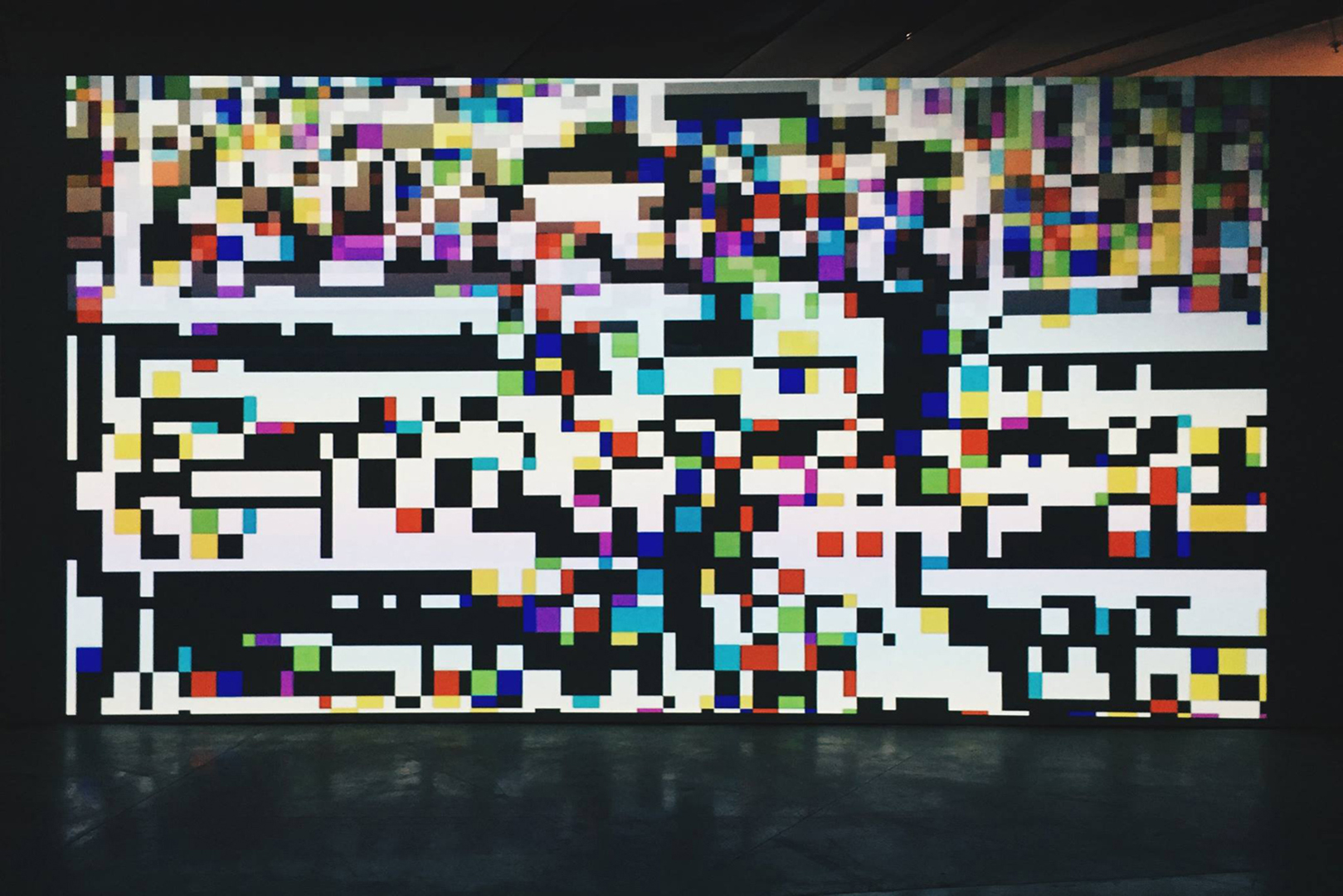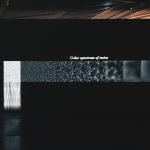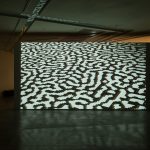“Patterns” by Shahar Davis
Title:
- Patterns
Artist(s) and People Involved:
Exhibiting Artist(s):
Symposium:
Venue(s):
- Run Run Shaw Creative Media Centre, Kowloon Tong, Hong Kong SAR China
- Jockey Club Innovation Tower, Hung Hom, Hong Kong SAR China
Creation Year:
- 2015
Medium:
- Digital video
Duration:
- 15:46
Artist Statement:
Patterns is a sequence of digital animations in which raw images and sounds are generated by computer algorithms and conformed by the artist into meaningful shapes and sounds. The piece’s premise is that the digital medium is a world. A world to be explored and cultivated during the artistic process. It is a world because it is a platform for the existence of beings and events. It is an alien world with different natural laws; It is a discrete world in which atoms are pixels and single audio samples and in which forces are computer processes which manipulate the digital matter. Before it is cultivated by the artist, this world is incomprehensible to human perception. The end product is a strange combination of familiar and alien. It gives a feeling that there really is a world out there, inside the computer. Maybe it is the afterlife, maybe it is a refuge.
Following are short explanations of the different parts of the piece accompanied by related still frames:
1. Portal. A transition from the continuous world to the discrete world. A mathematical equation of a circle represents a circle with infinite accuracy. But on the screen it is reduced to a finite representation by pixels. The Portal is a sequence of circlerenders on a grid of pixels. As the grid gets smaller and the circle is represented by a decreasing amount of pixels, the computer is lesable to represent the circle and it becomes pixilated and broken (due to statistical errors of the representation algorithm). Thus, the idea of a circle is lost but the materiality of its repre-
sentation subsists.
2. One white pixel, as if it were infinitesimal, disrupts the black void that surrounds it.
Repeated manipulations by blur and sharpen algorithms make it expand in space (in a diffuse pattern), beyond the frame and to infinity. Rotating the screen’s plane in 3D space creates the illusion of a camera, a human point of view.
3. The Colors of Noise. Similarly to white light which contains all colors white noise contains all frequencies. Using filters, it is separated to high and low frequencies in audio and in video. The combined pattern of frequencies makes an image of sea, wind and waves.
4. fah th-er . Words are made of consonants and vowels. Each vowel has a unique frequency signature. White noise becomes a word by combining frequency patterns in the order and dynamics of that word.
5. From Noise to Tone. In order to isolate a single frequency from noise we reduce the noise to a single white pixel and to a single audio sample and then start adding them up in an orderly manner. The construction principal is that the disturbances should appear in equal time intervals. In the beginning, 10 pixels flicker, each 5.5 times per second and form a sound with a frequency of 55 hertz. More pixels add up and form other notes. Low notes have few white pixels and high notes have many. Eventually 4 octaves of the F major scale are formed, represented by a gradient of grey shades. Playing the sounds in a certain rhythm and in a certain order makes a recognized tune: “Music alone shall live”.
6. Epilogue

